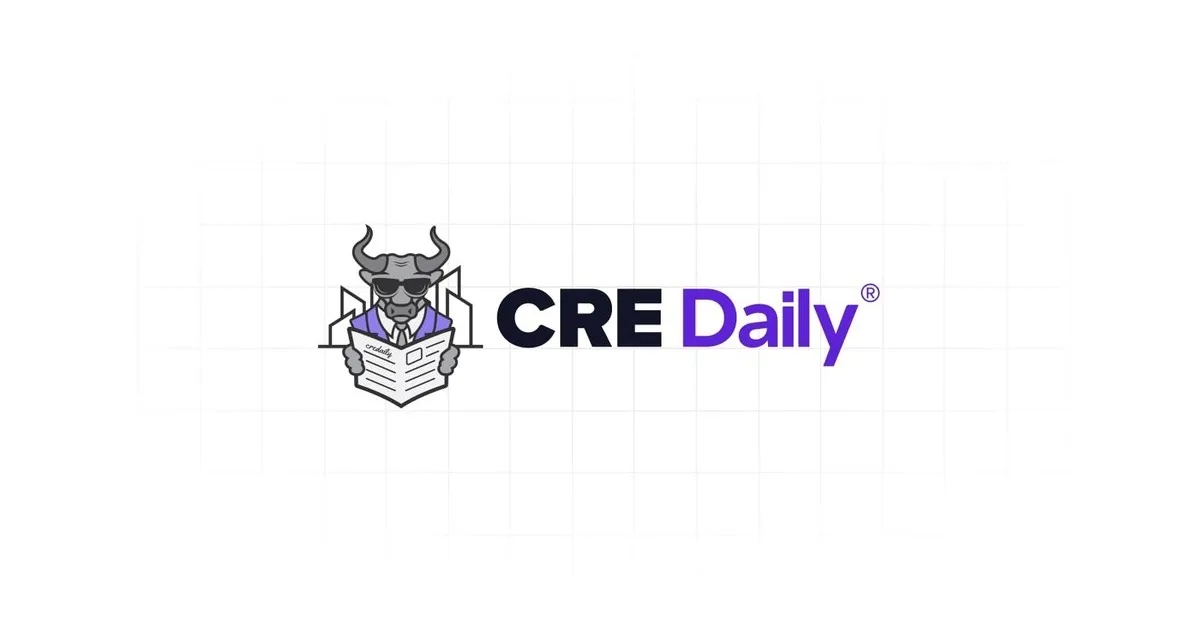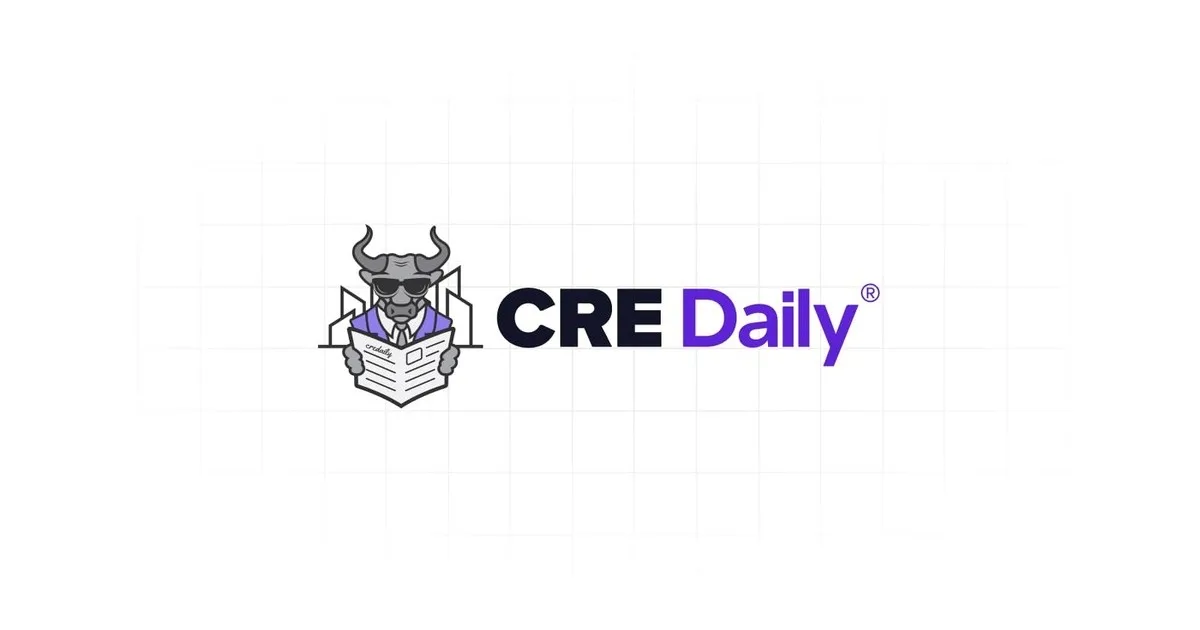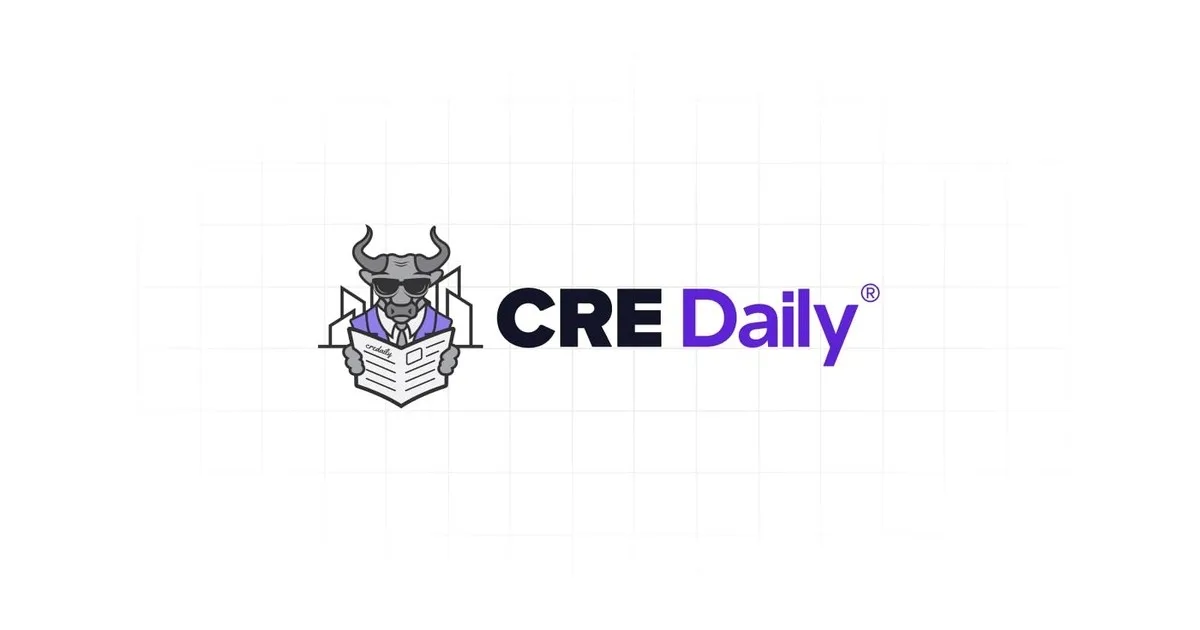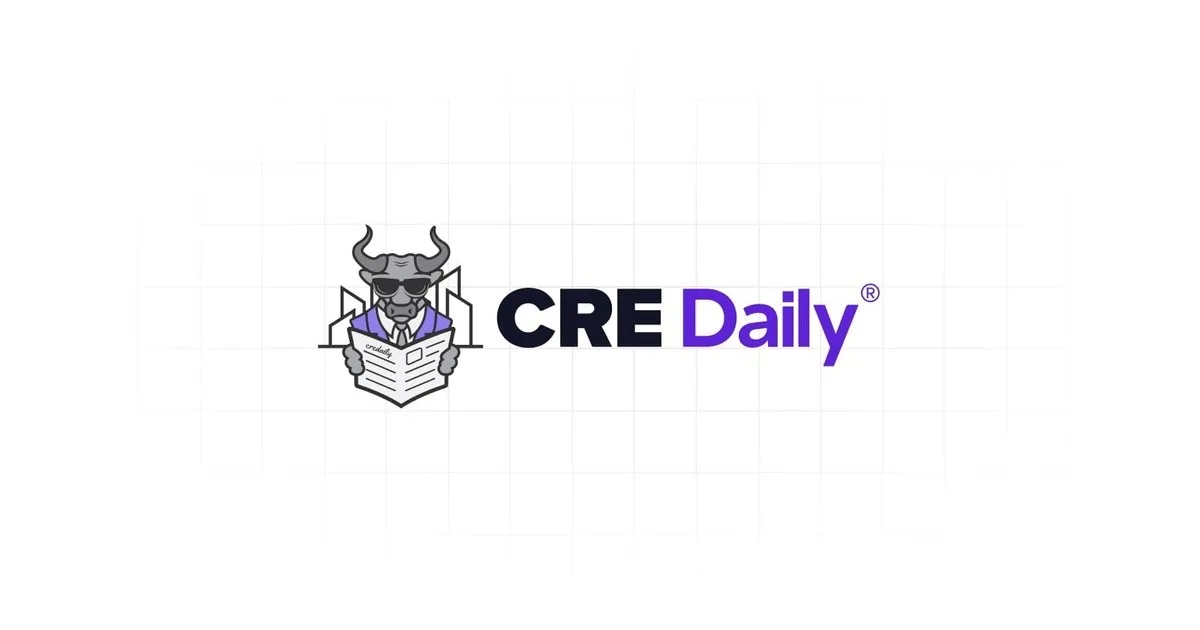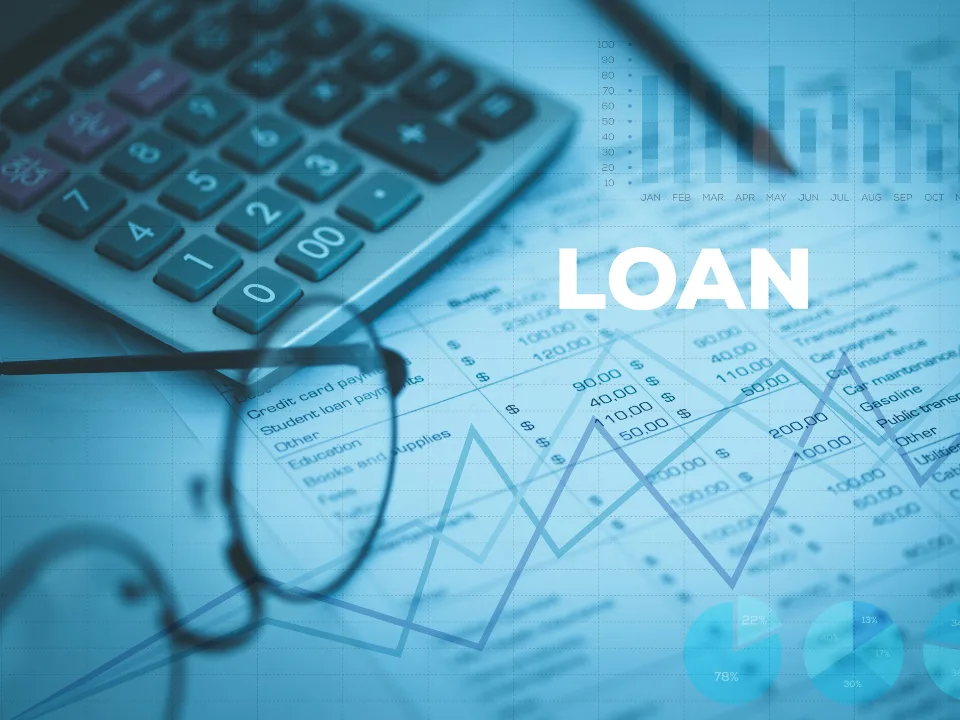- Middle market construction firms are grappling with ongoing disruptions in material pricing and supply chain dynamics due to geopolitical tensions and tariffs.
- Core materials such as steel, aluminum, and lumber are experiencing price fluctuations, increasing the need for agile procurement and forecasting strategies.
- Long-term supplier contracts, scenario planning, and contract updates—such as material escalation clauses—can help firms manage financial uncertainty.
A Volatile Construction Environment
Tariffs, inflation, and geopolitical conflicts are putting continuous pressure on the construction sector’s already fragile supply chains, reports RSM. According to RSM’s 2025 Supply Chain Special Report, 74% of middle market executives view tariffs as a significant risk—an outlook especially relevant for construction firms dependent on price-sensitive materials.
Homebuilders are adapting with smaller, more efficient homes and modular builds, while commercial developers face valuation headwinds from rising rates and soft office demand. Public infrastructure projects, once seen as safe havens, are now under greater scrutiny due to debt pressures and evolving funding mechanisms.
Expert Tips For Managing Supply Chain Risk
Construction firms can manage rising material costs by forecasting price trends, locking in long-term supplier contracts, and diversifying their vendor base. It’s also critical to revisit escalation clauses, optimize inventory strategies, and coordinate with financial partners to ensure funding flexibility.
To address tariff risks, contracts should include price escalation provisions that cover both increases and decreases. Shared-risk tools like contingency funds can help manage cost swings, and aligning project timelines with funding expiration dates helps avoid costly delays.
Tariffs also impact financial reporting. Firms may need to adjust revenue recognition if rising costs affect job profitability, disclose material cost concentrations, and evaluate hedge strategies or potential asset impairments to stay compliant and financially stable.
Get Smarter about what matters in CRE
Stay ahead of trends in commercial real estate with CRE Daily – the free newsletter delivering everything you need to start your day in just 5-minutes
The Role Of Technology In Mitigating Risk
Construction firms increasingly turn to technology for real-time data visibility and strategic agility. Investing in the right tools—like ERP and project management platforms tailored to firm size—can drive better decisions.
But technology is only as effective as the data that feeds it. Data governance must ensure consistency across systems, particularly when working across multiple job sites and third-party vendors.
Emerging Tech Insight
While public AI tools offer efficiency gains, firms must set internal policies to protect intellectual property and client data. Deploying firm-specific LLMs may unlock further value while maintaining data control.
The Takeaway
As material costs, tariffs, and supply chain pressures evolve, construction firms must focus on agility, strategic foresight, and data-driven decision-making. Stronger contracts, diversified sourcing, and data-driven forecasting will set resilient construction leaders apart in an unpredictable market.
Partnering with the right advisor—one who understands both financial strategy and construction complexity—can help firms weather uncertainty and build long-term resilience.

